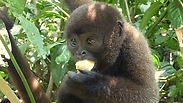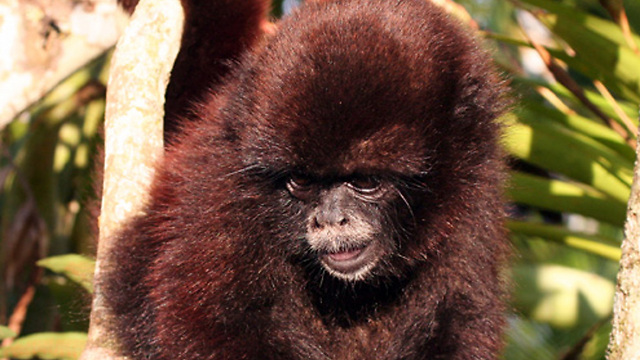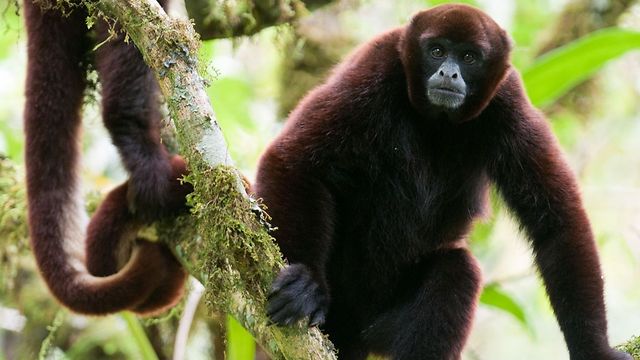
Israeli non-profit This Is My Earth (TiME) has managed to buy almost 200 acres of Peruvian rainforest using a crowdfunding campaign in what is being seen as a first in environmental conservation.
TiME was able to raise over $30,000 using a crowd funding platform to purchase land in the El Toro District rainforest region of Peru.
The El Toro region is under constant threat of being sold by the Peruvian government for the establishment of new farms, making its protection all the more urgent.
The 200 acres were chosen to be bought by TiME in the El Toro region due to its importance as a corridor between other protected areas in Peru and Brazil, and because critically endangered species - such as the yellow tailed woolly monkey - have seen rises in population in this region in particular.
Though the monkey is threatened with extinction and its population continues to decline throughout most of its habitat, the El Toro region has seen an increase of 30% in the population, with half of the entire wild population now living there.
TiME is a non-profit organization founded by Israeli ecologists Dr. Uri Shanas of Haifa University, and Prof. Alon Tal of Tel Aviv University.
Tal is also the founder of Israel’s Arava Institute and co-founder of Ecopeace and together with Shanas the two are also the founders of “Adam Teva V’Din,” the leading authority in Israel on environmental law and policy.
“Every second that passes the world loses an area of forest the size of a football field,” said Shanas. “About half of the world's biodiversity is located in what are called biodiverse hotspots. These hotspots make up about 2.3% of the earth’s surface, and approximately half of that land is for sale. It can be bought cheaply, something which we intend to do."
"In theory, these efforts can aid in protecting the majority of the worlds biodiversity,” Shanas continued.
After turning to Indigogo to try and raise $25,000 in 2015, the organization was able to successfully raise $30,000 by crowd funding from their own website.
This success of TiME's first campaign is also a sign the new marriage between environmentalism and crowd funding.


















